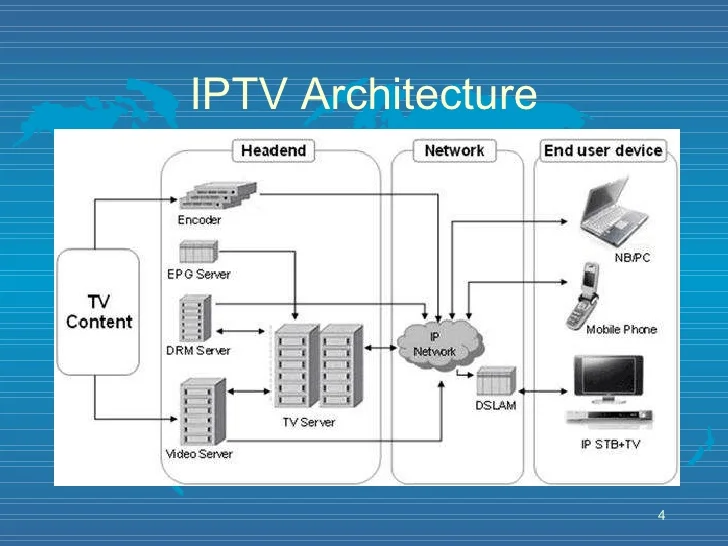
IPTV operates in three different IPTV formats. We'll examine each one individually.
IPTV operates in Video on Demand (VOD) format Streaming VOD is exactly what it sounds like; you get the video whenever you ask for it. Movie streaming sites are VOD services. There's no time limit on what you can watch (other than what the service currently has rights to).
You tell the service what you want to watch, they send it to you via the Internet, and you watch it. Simple.
Netflix, Hulu, and Amazon Prime Video are popular examples of Over-The-Top (OTT) video streaming services. (There are also many smaller niche services.)
IPTV operates in a Time-Shifted Media format.
If you've ever used "catch-up TV," you're familiar with this type of IPTV. Many broadcasting networks now allow users to watch shows they missed when they have the time.
The significant difference between Time-Shifted Media and VOD is that the shared content has a limited lifespan. You can't go back and watch an episode of a show you missed several years ago (well, you could, but then it would be VOD).
BBC iPlayer is one of the most popular services offering Time-Shifted Media.
(If you think VOD and Time-Shifted Media sound very similar, you're right. This mainly has to do with the duration for which you can watch a show after it airs.)


IPTV operates in a Live IPTV format.
Like broadcast television, you can also watch live shows on IPTV. Many people watch sports events this way; it's easy to stream a game on your phone when you're on the go.
In addition to being streamed over the Internet instead of going through traditional cable TV media, live IPTV is pretty much the same as regular TV.
FOX Sports Go, CBS Sports HQ, Hulu Live TV, and Sling TV all offer live IPTV.
